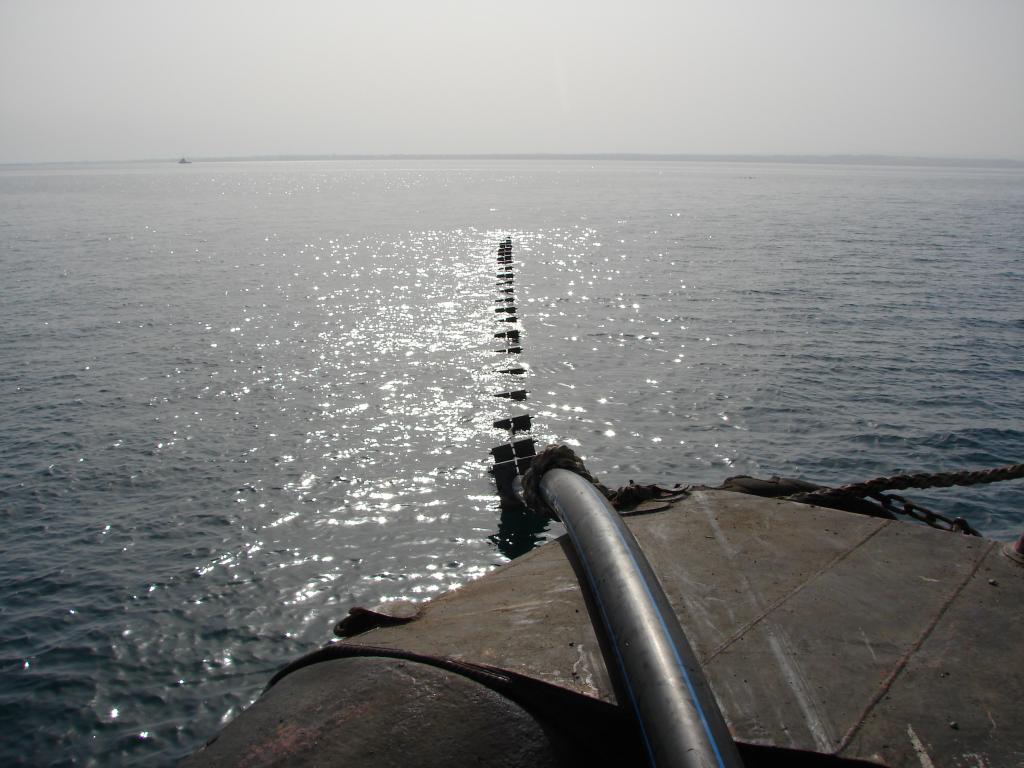Transferring water from the Sea of Oman, the Persian Gulf and the Caspian Sea through pipelines to dry and water-stressed regions is the most effective strategy for tackling water shortage in Iran, a member of Majlis National Security and Foreign Policy Commission said.
"Sixteen Iranian provinces covering nearly 60% of the population are on the verge of water tension and addressing the ever-growing issue of water shortage should be fundamentally dealt with by the end of the Sixth Five-Year Economic Development Plan (2017-22) before reaching a point of no return," Abolfazl Hassanbeigi was also quoted as saying by Mehr News Agency on Tuesday.
Pointing to the Persian Gulf littoral states' approach to meet their much-needed demand for potable water, Hassanbeigi said, "Close to 9 billion cubic meters of Persian Gulf water are desalinated per year, of which 5 bcm are consumed by Saudi Arabia and the rest used by Kuwait, the UAE, Qatar and Bahrain."
According to the official, these countries satisfy the lion's share of their needs for drinking water from marine resources.
"To meet the demand of the country's population of around 85 million, Iran is in dire need of 50 bcm of desalinated water," he said, adding that the Energy Ministry is required by the Sixth Plan to deal with the exacerbating problem by transferring water from northern and southern marine sources.
The lawmaker also rejected the idea that transferring water from the Caspian Sea to drought-stricken central provinces would harm the environment.
"Piped water transfer projects of significantly larger scales have been carried out in the US and some other countries and the environment has not been harmed because the projects were implemented through careful planning and implementation," he said.
Alternative Solutions
Asked about other feasible and sustainable means of meeting the region’s water needs, Hassanbeigi said importing water from neighboring states is high on the agenda.
Referring to Tajikistan as a state whose water supplies are 25 times more than its demand, he added that serious negotiations are underway to purchase water from the country.
Water experts, including Mohammad Darvish, the director of Public Participation Office at the Department of Environment, believe that recycling wastewater by treating it to a certain standard helps combat excessive water use.
According to Darvish, with the current methods of irrigation in farmlands, up to 35 bcm of wastewater are produced.
“We are missing a great opportunity by not recycling such huge volumes of water,” he said.
To put things into perspective, Darvish said 35 billion cubic meters of water are five times the country’s annual drinking water demand.
The agriculture sector gobbles up more than 90% of Iran’s scarce water resources, while the average Iranian uses 250 liters of water per day. In metropolises such as Tehran and Isfahan, it can even go up to 350 liters per day—three times the global average.
According to Hassanbeigi, Turkey and Afghanistan's dam construction policies have not only aggravated environmental problems in Iran but also reduced the flow of water to the country.
"Iran is deprived of 500 million cubic meters of water per annum due to its neighbors' aggressive dam construction schemes," he said, adding that the national security commission should play a more active role to settle the strategic issue by appealing to international bodies.


